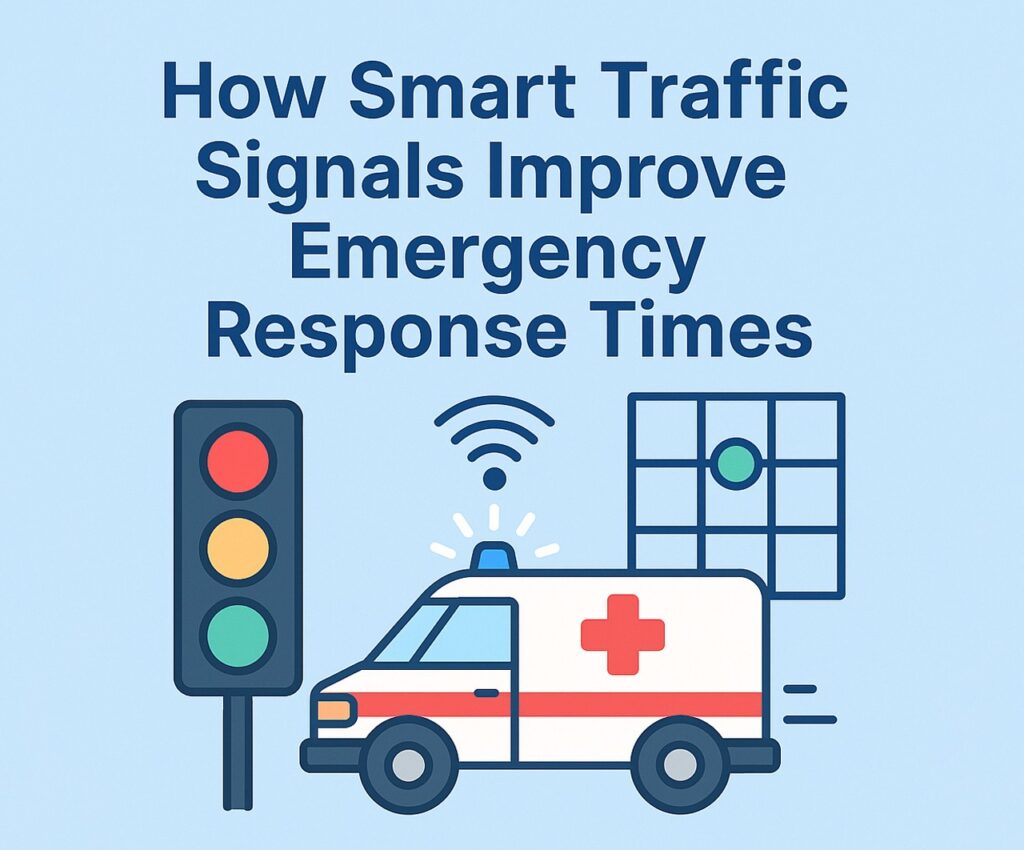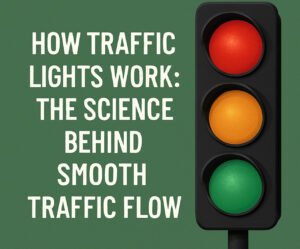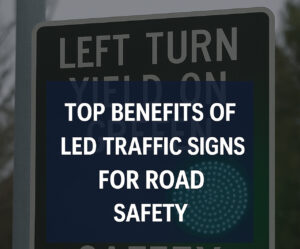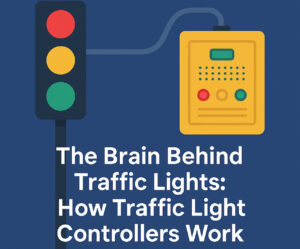In a city where every second counts, modernizing road infrastructure is no longer optional—it’s essential. One of the most game-changing upgrades in recent years has been the evolution of the signal traffic signal into a smart, responsive network. From the flashing red traffic signal that alerts drivers to an approaching firetruck, to the rise in demand for cutting-edge traffic signals for sale, the way cities manage emergency response is undergoing a radical transformation. Know more..
Let’s break down how smart traffic signals are shortening response times, saving lives, and reshaping how cities handle critical moments.
Why Response Time Matters More Than Ever
When a 911 call comes in, every minute of delay increases the risk to human life. Whether it’s a medical emergency, a structure fire, or a violent crime in progress, the speed of the response often determines the outcome.
What’s standing in the way? Traffic.
Congestion, poorly timed lights, and uncoordinated intersections are constant roadblocks for emergency vehicles. Traditional signal traffic signals don’t adapt quickly enough, and a flashing red traffic signal isn’t always present when it’s most needed. That’s where smart technology steps in.
What Are Smart Traffic Signals?
Smart traffic signals are part of an intelligent transportation system (ITS) that uses data, sensors, and connectivity to make real-time adjustments based on traffic flow, vehicle priority, and emergency situations. Unlike static traffic signals for sale found in older installations, smart signals communicate with vehicles and control centers to improve traffic efficiency dynamically.
Key Components:
- Sensors embedded in roadways
- Vehicle GPS integration (including ambulances, fire trucks, and police cars)
- AI-driven timing adjustments
- Cloud-based communication networks
How Smart Signals Detect Emergency Vehicles
One of the most important features of smart signal traffic signals is vehicle preemption—where the system detects an approaching emergency vehicle and clears the path in advance. This detection can happen in multiple ways:
- Acoustic sensors pick up the sound of sirens.
- Infrared signals emitted by the emergency vehicle are recognized by the traffic light.
- GPS and communication systems allow fleet vehicles to communicate with intersections.
This means no more relying solely on a flashing red traffic signal. Instead, the system proactively adjusts the green light phase to favor emergency responders.
The Impact on Response Times
According to studies by transportation departments across the U.S., cities that implemented smart signal traffic signals have seen emergency response times improve by 10% to 25%. In high-traffic urban areas, the difference can mean the difference between life and death.
Real-World Results:
- Chicago: Reduced average EMS response time by 15% using adaptive signals.
- Phoenix: Integrated signal preemption cut firetruck delays at intersections by 40%.
- Los Angeles: Deployed over 4,000 smart traffic signals for sale capable of real-time adjustment.
Why the Old System Isn’t Enough
The traditional signal traffic signal system is pre-programmed with cycle times and doesn’t respond well to sudden or unexpected traffic changes. A basic flashing red traffic signal tells drivers to stop—but it doesn’t optimize timing for moving vehicles through a complex city grid during peak hours.
Manual control via dispatch centers can be slow or prone to error, especially when dealing with multiple emergency units moving through different zones.
In contrast, smart signals analyze real-time data, anticipate flow, and coordinate regionally.
Integration with Emergency Dispatch Centers
Smart signal traffic signals can be fully integrated into emergency command centers. Here’s how:
- When a dispatch center sends out an ambulance, the route is transmitted in real-time to every traffic light in its path.
- Those signals then adjust timing—clearing intersections ahead of the vehicle.
- The system can also trigger flashing red traffic signals at key intersections, warning civilian drivers of incoming emergency responders.
This interconnected response speeds up travel and minimizes risk.
The Role of AI in Smart Signals
Artificial Intelligence is no longer a futuristic concept—it’s the backbone of smart traffic systems. AI enables signals to learn from past data, predict traffic congestion, and prioritize traffic phases based on patterns.
For instance:
- If an ambulance route historically hits congestion at 5 p.m., AI adjusts signals in advance.
- During major events, the system can proactively reroute emergency vehicles in real time.
- AI algorithms also reduce false positives—minimizing unnecessary changes that could disrupt normal traffic.
This tech is increasingly being built into the new generation of traffic signals for sale, giving cities a scalable upgrade path.
Energy Efficiency and Cost Benefits
You might assume smart signal traffic signals come with a hefty price tag. But modern systems are designed with efficiency in mind.
Benefits Include:
- LED lights with long life and low power usage
- Solar-compatible systems for off-grid areas
- Reduced fuel costs due to less idling and faster vehicle flow
- Lower maintenance thanks to remote diagnostics
Cities can even bundle purchases by looking for traffic signals for sale through government contracts or grants that support smart infrastructure.
Public Safety Beyond Emergency Vehicles
Improving emergency response is only one part of the equation. Smart signal traffic signals also reduce overall accident rates by minimizing congestion and reducing driver frustration.
They help:
- Reduce red-light running incidents
- Improve pedestrian safety with responsive walk cycles
- Reduce emergency braking that often causes rear-end collisions
A simple flashing red traffic signal can only do so much. When every light is intelligent, coordinated, and predictive, the entire road network becomes safer.
Are Cities Ready for Full Adoption?
Some cities have already begun full-scale implementation of smart signals, while others are in pilot phases. The main challenges often include:
- Budget constraints
- Upgrading outdated infrastructure
- Coordinating between multiple departments
However, with the growing number of traffic signals for sale featuring plug-and-play smart tech, the barriers to entry are quickly shrinking. Federal and state funding initiatives are also making it easier for municipalities to modernize.
The Future of Emergency Response Is Real-Time
As cities expand and traffic grows more unpredictable, the importance of smart traffic management becomes undeniable. The humble signal traffic signal, once static and unresponsive, is now a core player in the emergency response ecosystem.
Whether it’s using AI to predict traffic congestion, triggering a flashing red traffic signal at just the right moment, or coordinating signals across dozens of intersections, smart traffic systems are making sure help arrives faster—and more safely—than ever before.
And with new traffic signals for sale hitting the market each year with even more advanced capabilities, the future is already arriving at intersections across the country.
Need help choosing the right smart signal for your city? Let’s talk about finding the best tech for your emergency response needs—and make your infrastructure work smarter, not harder.





